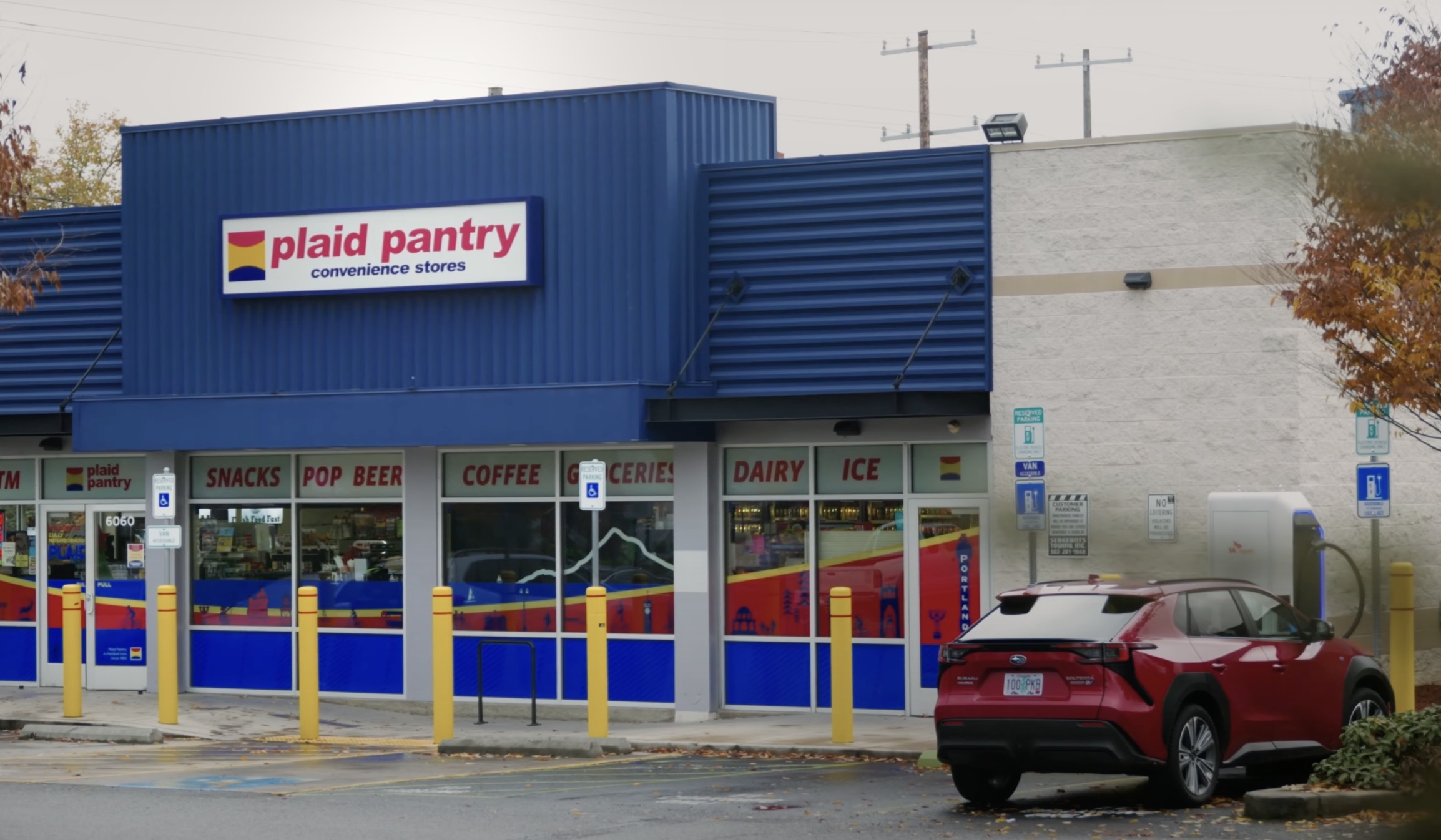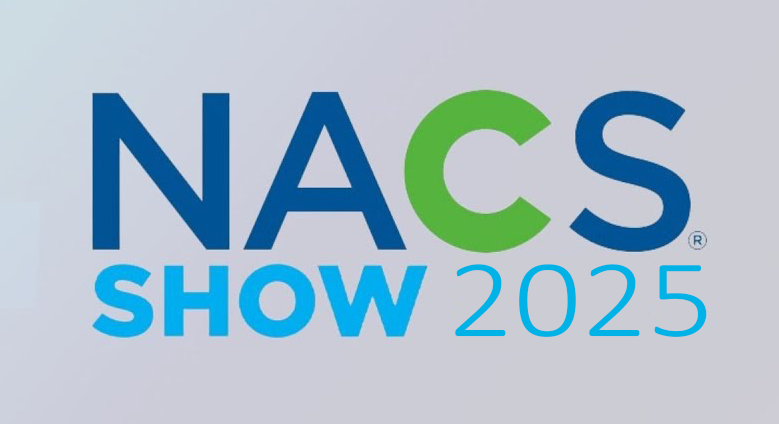Why Tesla Superchargers Are Not the Charging Gold Standard for Retail Customers

Tesla�s Supercharger network is often viewed as the benchmark in EV charging. It�s fast, reliable, and deeply integrated into the Tesla ecosystem. Tesla has done more than anyone to normalize EV ownership and eliminate range anxiety, and they�ve set a high bar for uptime and consistency across their network.
However, what works for Tesla drivers doesn�t necessarily translate to the broader EV market and certainly not to retailers trying to serve a growing mix of EV-driving customers. As impressive as the Supercharger network is, it falls short of what retail locations truly need.
1. They Were Built for Tesla, Not the Mass Market
Superchargers were designed with Tesla owners in mind and that�s still evident today. The connector type, the vehicle-to-charger handshake, and the app-based access are optimized for Tesla vehicles. Even with the recent push to open up Superchargers to non-Tesla EVs, the user experience can feel like an afterthought for everyone else. Compatibility issues, awkward charging cable reach, and app hurdles all add friction for non-Tesla drivers.
In retail environments where simplicity and accessibility are key, that�s a big miss.
2. Limited Integration with Retail Experiences
Tesla�s chargers are typically located near highways, on the outskirts of malls, or in isolated parking lots. They weren�t designed to drive foot traffic into stores; they were designed for road trippers to plug in, wait, and get back on the road. Contrast that with what retail actually needs: chargers placed where customers already shop, eat, and spend time. Retailers want EV charging that complements customer dwell time and enhances the in-store experience, not pulls people away from it.
3. No Loyalty or Data Play for Retailers
Superchargers are great at delivering kilowatts, but they offer retailers zero tools to engage customers, collect insights, or build loyalty. There�s no branding opportunity, no data integration, no way to reward frequent customers or drive promotions through the charger itself. Retailers need an EV charging platform that connects with their business goals and create meaningful, brand-aligned experience for the customer. Superchargers are a walled garden and that doesn�t work in the world of customer-centric retail.
Retailers need a charging solution that helps them own the customer experience, not outsource it.
4. Tesla�s Strategy Is Not Aligned with Retail Needs
At the end of the day, Tesla is a car company. Charging is a means to an end keeping their vehicles on the road. But retailers need a partner who understands their world: margins, foot traffic, customer lifetime value, and digital engagement. The EV charger isn�t just an amenity, it�s a growth lever. Retailers want a charging solution built with their KPIs in mind, not just Tesla�s roadmap.
The Bottom Line
Tesla deserves credit for pioneering a fast, reliable, and extensive charging network. But in the rapidly evolving EV landscape especially in the retail space reliability alone isn�t enough. Retailers need charging solutions that are open, brand-friendly, and built around the full customer experience.
The gold standard for retail EV charging isn�t just about speed or availability, it's about alignment, integration, and the ability to turn every charging session into a business opportunity. The new gold standard is to elevate your charging program from a commodity dispenser to high-valuable customer touchpoint with a world of possibilities.
EV charging is no longer just infrastructure, it is strategy. And for retailers, that strategy needs more than a Supercharger.
?
Tesla�s Supercharger network is often viewed as the benchmark in EV charging. It�s fast, reliable, and deeply integrated into the Tesla ecosystem. Tesla has done more than anyone to normalize EV ownership and eliminate range anxiety, and they�ve set a high bar for uptime and consistency across their network.
However, what works for Tesla drivers doesn�t necessarily translate to the broader EV market and certainly not to retailers trying to serve a growing mix of EV-driving customers. As impressive as the Supercharger network is, it falls short of what retail locations truly need.
1. They Were Built for Tesla, Not the Mass Market
Superchargers were designed with Tesla owners in mind and that�s still evident today. The connector type, the vehicle-to-charger handshake, and the app-based access are optimized for Tesla vehicles. Even with the recent push to open up Superchargers to non-Tesla EVs, the user experience can feel like an afterthought for everyone else. Compatibility issues, awkward charging cable reach, and app hurdles all add friction for non-Tesla drivers.
In retail environments where simplicity and accessibility are key, that�s a big miss.
2. Limited Integration with Retail Experiences
Tesla�s chargers are typically located near highways, on the outskirts of malls, or in isolated parking lots. They weren�t designed to drive foot traffic into stores; they were designed for road trippers to plug in, wait, and get back on the road. Contrast that with what retail actually needs: chargers placed where customers already shop, eat, and spend time. Retailers want EV charging that complements customer dwell time and enhances the in-store experience, not pulls people away from it.
3. No Loyalty or Data Play for Retailers
Superchargers are great at delivering kilowatts, but they offer retailers zero tools to engage customers, collect insights, or build loyalty. There�s no branding opportunity, no data integration, no way to reward frequent customers or drive promotions through the charger itself. Retailers need an EV charging platform that connects with their business goals and create meaningful, brand-aligned experience for the customer. Superchargers are a walled garden and that doesn�t work in the world of customer-centric retail.
Retailers need a charging solution that helps them own the customer experience, not outsource it.
4. Tesla�s Strategy Is Not Aligned with Retail Needs
At the end of the day, Tesla is a car company. Charging is a means to an end keeping their vehicles on the road. But retailers need a partner who understands their world: margins, foot traffic, customer lifetime value, and digital engagement. The EV charger isn�t just an amenity, it�s a growth lever. Retailers want a charging solution built with their KPIs in mind, not just Tesla�s roadmap.
The Bottom Line
Tesla deserves credit for pioneering a fast, reliable, and extensive charging network. But in the rapidly evolving EV landscape especially in the retail space reliability alone isn�t enough. Retailers need charging solutions that are open, brand-friendly, and built around the full customer experience.
The gold standard for retail EV charging isn�t just about speed or availability, it's about alignment, integration, and the ability to turn every charging session into a business opportunity. The new gold standard is to elevate your charging program from a commodity dispenser to high-valuable customer touchpoint with a world of possibilities.
EV charging is no longer just infrastructure, it is strategy. And for retailers, that strategy needs more than a Supercharger.
?



